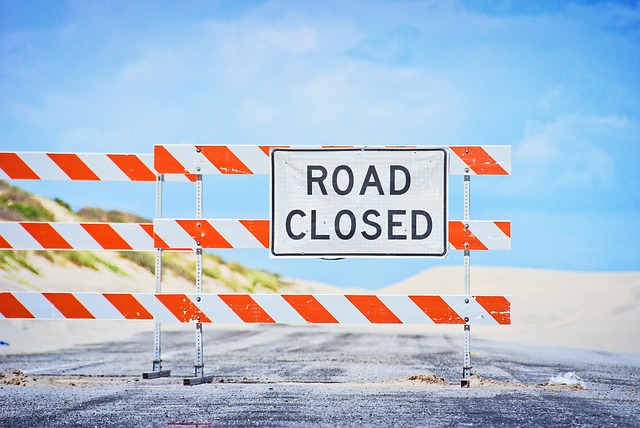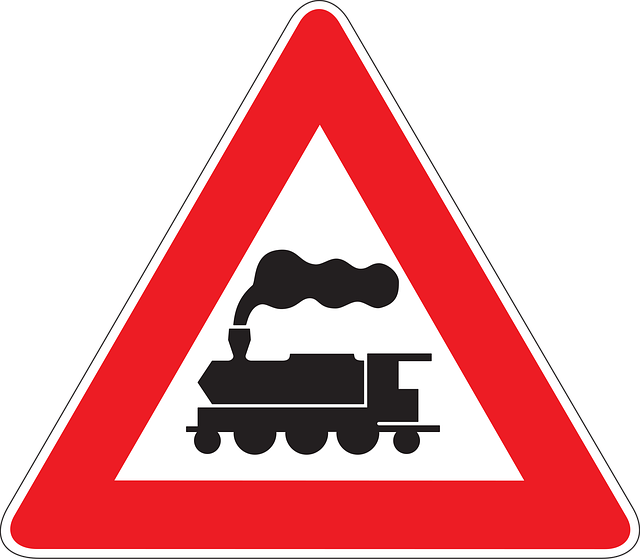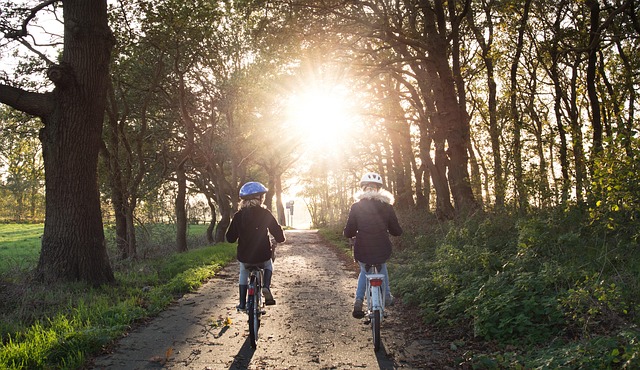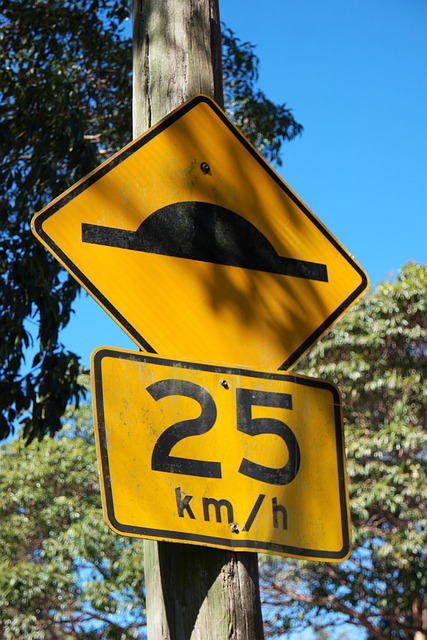Communities play a vital role in road safety by providing insights for tailored solutions like optimized lighting and emergency education. Their involvement fosters shared responsibility through awareness campaigns, peer support, and safety feature installations. Identifying high-risk areas through traffic analysis enables targeted Select Road Safety Tips such as speed bumps and advanced signals. These tips, along with proper car seat installation, understanding blind spots, and defensive driving techniques, enhance safety for pedestrians, cyclists, and drivers in busy city streets. Engaging local businesses and educating youth on responsible driving further contributes to safer communities through collaborative efforts and Select Road Safety Tips.
In the pursuit of constructing safer roads, community efforts play a pivotal role. This article delves into strategic approaches to enhance road safety, focusing on both immediate solutions and long-term initiatives. We explore identifying high-risk areas for targeted improvements, implementing simple yet effective traffic calming measures, and promoting pedestrian and cyclist safety. Additionally, it highlights engaging local businesses and educating youth on responsible driving practices as essential Select Road Safety Tips.
- Understanding Community's Role in Road Safety
- Identifying High-Risk Areas for Road Improvements
- Implementing Simple Traffic Calming Measures
- Promoting Pedestrian and Cyclist Safety
- Engaging Local Businesses for Support
- Educating Youth on Responsible Driving Practices
Understanding Community's Role in Road Safety

In the realm of road safety, communities play a pivotal role in creating and maintaining secure travel environments. When it comes to constructing safe roads, understanding and involving local residents is essential. Communities are often the first line of defense against potential hazards, offering unique insights into specific regional challenges. For instance, they can identify areas with high accident rates or points of concern that might be missed during initial assessments. By engaging with residents, local authorities can implement tailored road safety tips, such as optimizing street lighting to improve low-light visibility enhancement techniques for drivers, a key consideration for many families planning safe road trips together.
Moreover, community efforts foster a sense of shared responsibility and accountability. Local initiatives may include organizing awareness campaigns, promoting peer support networks, and even participating in the installation and maintenance of safety features like reflective signage or guardrails. These collaborative actions not only enhance road infrastructure but also educate drivers about emergencies on the highway: what to do in critical situations. By empowering communities with knowledge and tools, they become active contributors to a safer transportation network, ensuring that everyone enjoys peaceful and secure journeys.
Identifying High-Risk Areas for Road Improvements

Identifying high-risk areas is a crucial step in constructing safe roads within communities. By analyzing traffic patterns, accident history, and environmental factors, local authorities can pinpoint locations where road improvements are most needed. These could include busy intersections, schools zones, or regions with a high frequency of pedestrian crossings. Once these areas are identified, selecting appropriate Road Safety Tips becomes more targeted. For instance, implementing speed bumps in residential neighborhoods or adding advanced traffic signals at crowded junctions can significantly enhance overall safety.
Using the best apps for real-time traffic updates can aid in gauging congestion levels and potential hazards on various routes. Additionally, raising awareness about airbag safety—both deployment procedures and necessary precautions—is essential to prevent accidents within these high-risk zones. Furthermore, understanding blind spots while changing lanes prevents collisions, making it a vital skill for drivers to navigate these areas securely.
Implementing Simple Traffic Calming Measures

Implementing simple traffic calming measures can significantly enhance road safety within communities. Strategies such as speed bumps, reduced speed limits, and well-designed crosswalks act as physical barriers to slow down vehicles, thereby reducing the risk of accidents and severe injuries. These measures are particularly crucial in areas with high pedestrian and cyclist activity, like residential neighborhoods and school zones.
When considering road safety tips for navigating busy city streets safely, parents should prioritize child car seat installation as a fundamental practice. Ensuring proper seating positions and using age-appropriate restraints significantly minimizes the risk of injury during collisions. Additionally, understanding blind spots while changing lanes is vital to prevent accidents with vehicles that may be hidden from view, such as those in adjacent lanes or behind larger vehicles.
Promoting Pedestrian and Cyclist Safety

In efforts to construct safer roads within communities, promoting pedestrian and cyclist safety is paramount. By implementing specific road safety tips, such as designated walk and bike lanes, well-lit pathways, and clear signage, we can create environments that encourage active transportation while minimizing risks. Encouraging residents to learn defensive driving techniques online and prioritize vehicle maintenance—especially for brakes to ensure optimal stopping power—are additional strategies that contribute to a culture of safety.
Furthermore, driver safety tips for beginners, focusing on attentiveness, speed limits, and constant vigilance, play a crucial role in preventing accidents involving pedestrians and cyclists. Through collaborative efforts between community members, local governments, and transportation authorities, these initiatives not only enhance road safety but also foster more livable and healthy neighborhoods where everyone can move freely and securely.
Engaging Local Businesses for Support

Engaging local businesses is a strategic move in enhancing road safety within communities. These enterprises can play a pivotal role in spreading essential road safety tips and promoting a culture of vigilance among residents. By partnering with them, community leaders can leverage their reach and resources to conduct awareness campaigns, workshops, and events that educate both adults and children on the Select Road Safety Tips.
For instance, local cafes and community centers can display informational materials and host interactive sessions, while fuel stations can use their digital signage to promote real-time traffic updates from the best apps available. This collaborative effort not only equips individuals with knowledge but also fosters a sense of collective responsibility in navigating busy city streets safely.
Educating Youth on Responsible Driving Practices

In today’s digital era, educating youth on responsible driving practices is more crucial than ever. By selecting road safety tips that cover essential aspects like defensive driving techniques, understanding road signs and their meanings, and practicing safe habits while changing tires on highways, young drivers can significantly reduce risks. Community initiatives play a vital role in this process by organizing workshops, simulations, and interactive sessions that help foster a culture of responsible driving.
Teaching youth how to plan safe road trips with family is another effective strategy. This includes teaching them to check vehicle maintenance, pack emergency kits, and adhere to speed limits and traffic rules. By embracing these practices, not only do they ensure their own safety, but also contribute to the overall reduction of highway accidents. Remember, understanding and adhering to road signs are fundamental steps in ensuring a safe journey for everyone on the road.
Community efforts play a pivotal role in constructing safe roads. By understanding each other’s responsibilities, identifying high-risk areas, implementing simple traffic calming measures, promoting pedestrian and cyclist safety, engaging local businesses for support, and educating youth on responsible driving practices, we can collectively embrace the Select Road Safety Tips to create more secure and resilient communities. These efforts not only enhance road safety but also foster a culture of mutual respect and care.
